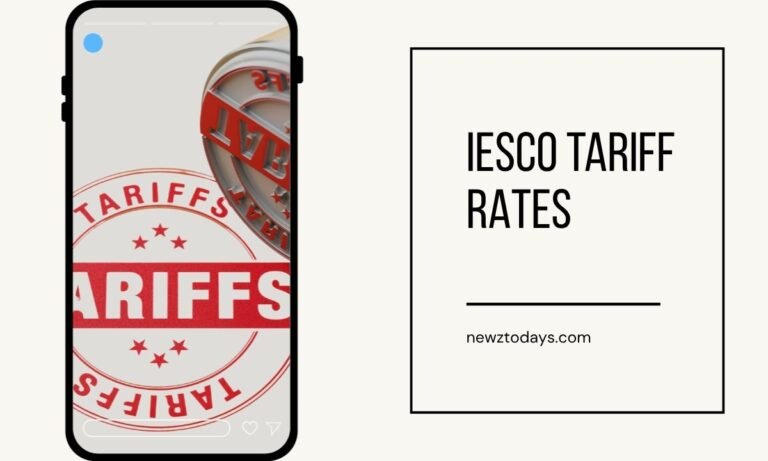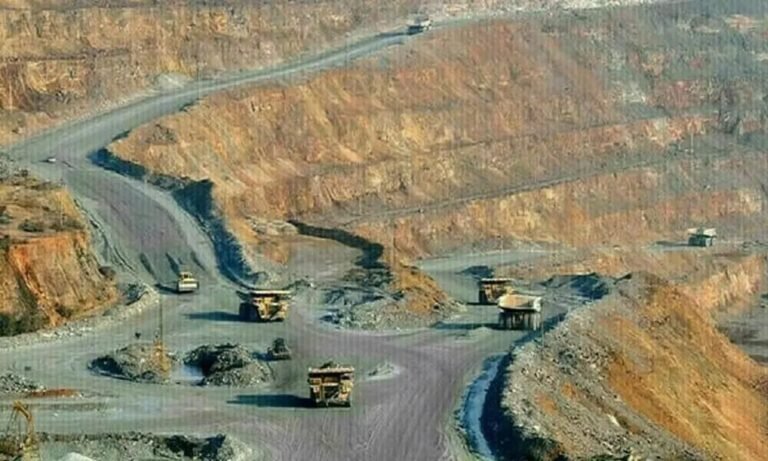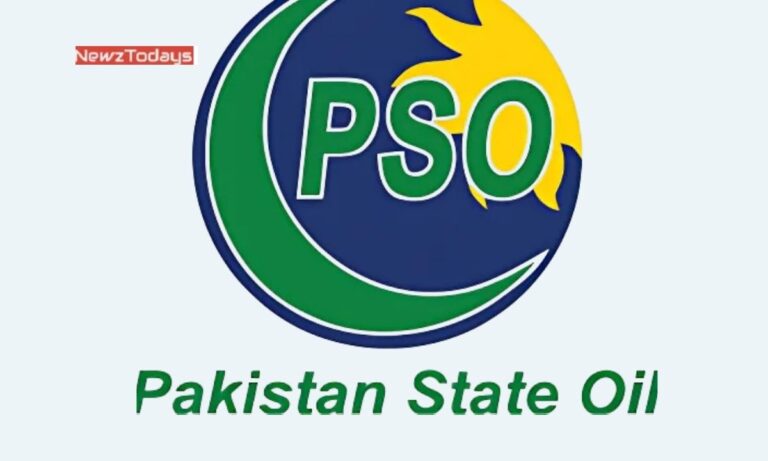Industry Rejects Govt Claims on Circular Debt, Tariff Relief
Industrial stakeholders have dismissed government assertions of reducing circular debt and lowering electricity tariffs through revised deals with independent power producers (IPPs) and the incremental package, calling instead for deeper tariff cuts to revive competitiveness.
During a public hearing held by the National Electric Power Regulatory Authority (NEPRA) on Thursday, representatives from industry and trade bodies rejected the government’s explanation that the Rs79 billion rise in circular debt during July–September 2025 was “seasonal.”
They argued that the increase contradicted earlier claims by the power division that circular debt had been eliminated following a debt-settlement agreement with commercial banks and the imposition of a Rs3.23 per unit surcharge on consumers.
Read More: Latest IESCO Tariff Rates 2025
Tanveer Bari, an industry representative, said the government had promised reductions in capacity payments after revising contracts with IPPs, yet recent data showed capacity charges were again climbing. He urged NEPRA to reject the proposed electricity rate hike under the quarterly adjustment.
Read More: How to Check and Pay IESCO Bill Online
Rehan Jawed, representing Karachi’s industrial sector, said the government’s incremental package—offering a Rs22.90 per unit rate for additional electricity use—was still too costly to spur industrial expansion. “The tariff should be reduced to Rs16 per unit,” he said, adding that such measures would only succeed if industries were consulted in policy design. He also criticized the Rs160 billion cross-subsidy burden on industries, demanding that consumer subsidies be funded directly through the federal budget instead.
A representative from the All Pakistan Textile Mills Association (APTMA) urged transparency in tariff revision data to help the sector plan and the government assess outcomes. NEPRA’s Member Technical cautioned that circular debt would persist due to weak bill recovery and losses in public-sector utilities. Another NEPRA official noted that the regulator had already incorporated Rs180 billion in reduced capacity payments into the reference tariff, reflecting the impact of earlier IPP agreement revisions.
Meanwhile, Ex-Wapda Power Distribution Companies (XWDiscos) have sought NEPRA’s approval to recover Rs8.41 billion from consumers under the first quarterly tariff adjustment for FY 2025–26, covering July to September 2025. The petition indicated that Rs21.702 billion in Capacity Charges was partly offset by Rs13.292 billion in negative adjustments tied to lower operation and maintenance costs, Use of System Charges, Market Operator Fees, and transmission and distribution losses.
Lahore Electric Supply Company (LESCO) claimed the highest Capacity Charge of Rs8.453 billion, followed by Multan Electric Power Company (MEPCO) at Rs4.347 billion, Gujranwala Electric Power Company (GEPCO) at Rs4.226 billion, and Faisalabad Electric Supply Company (FESCO) at Rs2.337 billion. HESCO reported the largest negative adjustment of Rs3.212 billion, with smaller reductions at TESCO and PESCO.
Capacity payments had previously dropped by Rs47.124 billion and Rs53.714 billion in the third and fourth quarters of FY 2024–25, respectively, after termination of several IPP contracts. However, the renewed surge in charges and rising debt have reignited concerns over the sustainability of the government’s power-sector reforms.
NEPRA will finalize its decision on the XWDiscos’ quarterly adjustment after reviewing all stakeholder inputs, with the outcome expected to apply uniformly to K-Electric consumers under federal tariff policy.








